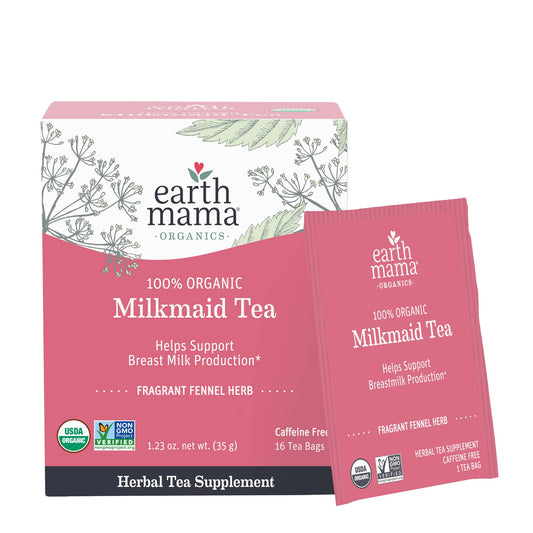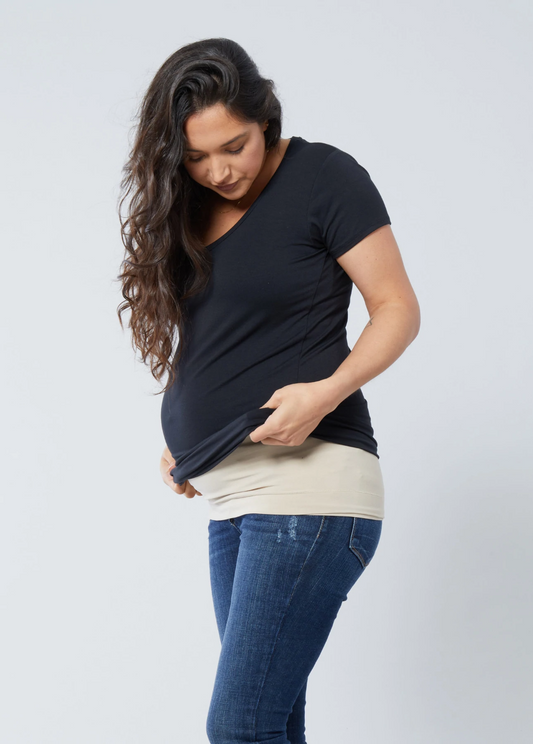
Unlocking the World of Toxic Chemicals: A Comprehensive Glossary
Share
Our daily lives are intertwined with countless products, each with its unique set of ingredients. While convenience and innovation are celebrated, it's essential to understand what we're exposed to and what lurks beneath the surface. Join us on a journey through our Healthy Baby Guide Glossary, where we shed light on the world of toxic chemicals, demystify their names, and uncover the potential risks they pose to our well-being.
- BPA (Bisphenol-A):
Derived from polycarbonate, BPA is notorious for leaching into our surroundings. This hormone-disrupting chemical mimics estrogen and has been linked to early onset puberty, diminished sperm quality, and hyperactivity.
- Formaldehyde:
A preservative found in cosmetics, glue, particleboard, and paint. Known to trigger allergies, respiratory issues, and skin irritation, formaldehyde is classified as a potential carcinogen by the EPA, with evidence of cancer-causing effects in animals and potential risks to humans.
- Glyphosate:
Glyphosate, the active ingredient in Roundup herbicide, is listed as a probable carcinogen by the World Health Organization. It's one of the most widely used herbicides globally, affecting various crops, including cotton. Dive deeper into Glyphosate in our article "What is Glyphosate?"
- Parabens (methyl-, propyl-, butyl-, ethyl-, isobutyl):
Although banned in Europe, these cosmetic preservatives are widely used in the U.S. Research suggests they mimic estrogen, making them endocrine disruptors.
- Off-Gassing:
This term refers to the release of chemicals as by-products of toxins, which can contribute to indoor air pollution.
- PBDEs (Polybrominated Diphenyl Ethers):
Flame-retardants present in various products, including couch and mattress foam. PBDEs can cause liver and thyroid damage, hyperactivity, and neurobehavioral issues. Their ability to escape into the air as dust particles poses additional concerns.
- Phthalates:
Phthalates are found in beauty products and used to enhance plastic flexibility. Linked to liver cancer in animals, they can harm the reproductive systems of fetuses and children. Phthalates are also used as fragrance fixatives and may not appear on labels.
- PVC (Polyvinyl Chloride):
PVC, a hard plastic, is made softer with the addition of phthalates. Vinyl chloride, a component of PVC, is a known carcinogen linked to cancer, endocrine disruption, and immune system damage.
- VOCs (Volatile Organic Compounds):
These carbon-based chemicals easily evaporate into the air, contaminating it. Studies have connected VOCs to asthma. Paint, for instance, can release VOCs like benzene, formaldehyde, kerosene, and ammonia.
Sprout Babies Approved: A Pledge to Health and Safety
In a world filled with untested and unregulated chemicals, we're committed to your family's well-being. Our "Sprout Babies Approved" seal means zero tolerance for toxic chemicals – the well-known culprits like BPA, BPS, phthalates, toxic dyes, perfumes, pesticides, PVC, and formaldehyde, as well as those you may not have encountered yet.
By choosing organic and natural fibers and minimizing toxins in your home, you take a powerful step toward reducing daily exposures. Let's embark on a journey to a safer, healthier future together.
#ToxicChemicals #HealthyLiving #SproutApproved







